order

Coleoptera
“Adult Beetles”

Coleoptera
“Larval Beetles”

Diptera
“True Flies”

Ephemeroptera
“Mayflies”

Hemiptera
“True Bugs”

Lepidoptera
“Aquatic Caterpillars, Snout Moths”

Megaloptera
“Alderflies, Dobsonflies, and Fishflies”

Odonata
“Dragonflies and Damselflies”

Plecoptera
“Stoneflies”

Trichoptera
“Caddisflies”
family
Coenagrionidae
“Forktails”
Genus Overview
14 species in North America. Difficult to identify to genus. Can be confused with Coenagrion and Enallagma.
Characteristics
POLLUTION TOLERANCE
Southeast: 9.4
Upper Midwest: 9
Mid-Atlantic: 9
0 = least tolerant, 10 = most tolerant
FEEDING HABITS
Engulfer / Predator
MOVEMENT
Climber
DISTRIBUTION
Widespread (east of the Rocky Mtns.)
HABITAT
Lentic-littoral
Lotic-depositional
Lotic-depositional
Diagnostic Characters
Order
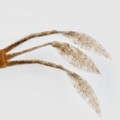
Abdomen with 5 Sharp Stiff Points or 3 Gills
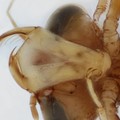
Labial Mask
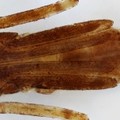
Two Pairs of Wing Pads
Family

3 Tracheal Gills
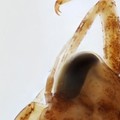
Antennal Segment 1 Short
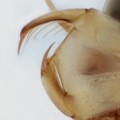
Mask without Cleft
+ Expanded Character List
Order:
Nymph with mask-like labium below chewing mouthparts. Wings developing in wing pads. Segmented legs present, each with two claws.
Family:
Zygoptera (slender body shape with head wider than thorax and abdomen, and with 3 long feather-like gills at posterior end). Antennal segment 1 much shorter than rest of its antenna. Pair of lobes at distal end of labral mask each with 0–6 setae, but attached moveable hook without setae. Ligula (distal part of palm of mask) usually without median cleft, mask roughly triangular or square (not stalked as in Lestidae). Each side of median line with either 0, 1, or 3–5, dorsal premental setae (hairs inside the palm of the mask). Mature larvae 13–25 mm long.
Genus:
careful study is needed to identify to genus
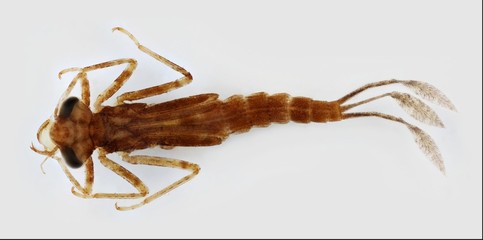
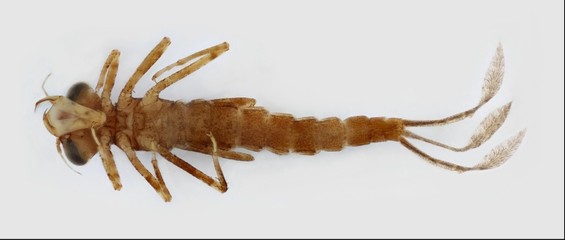
Dorsal
Ventral



